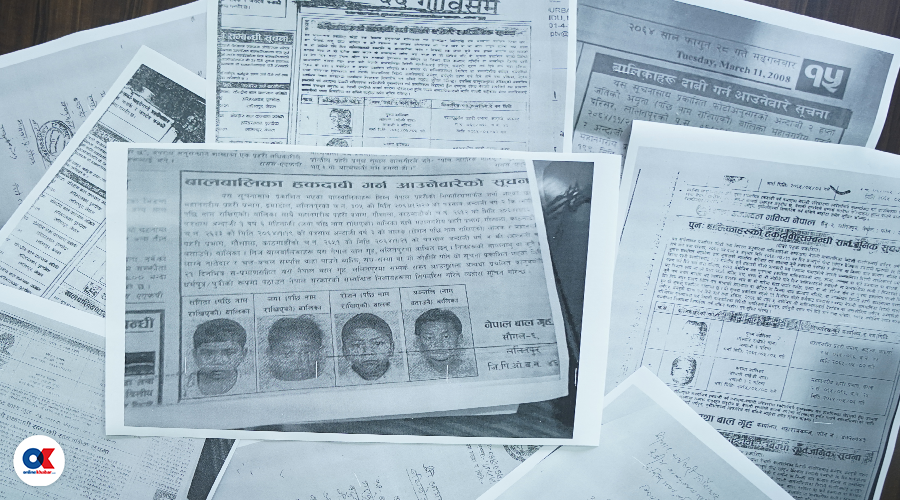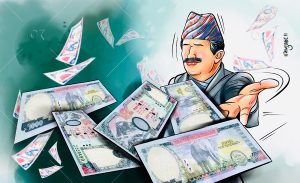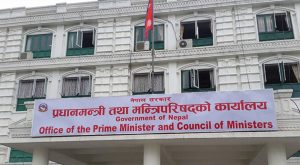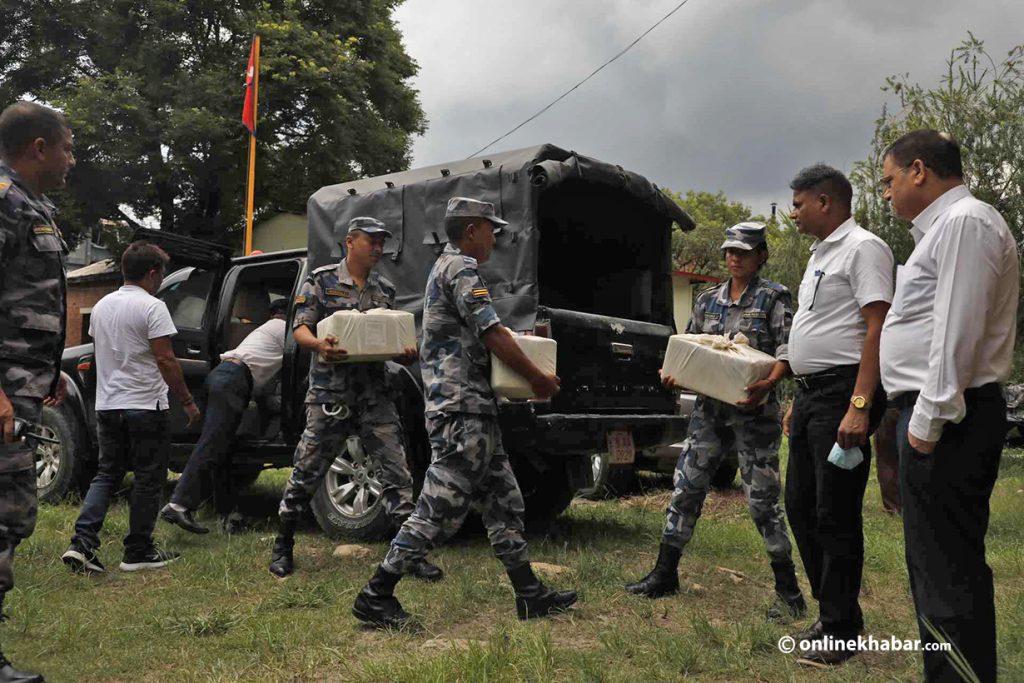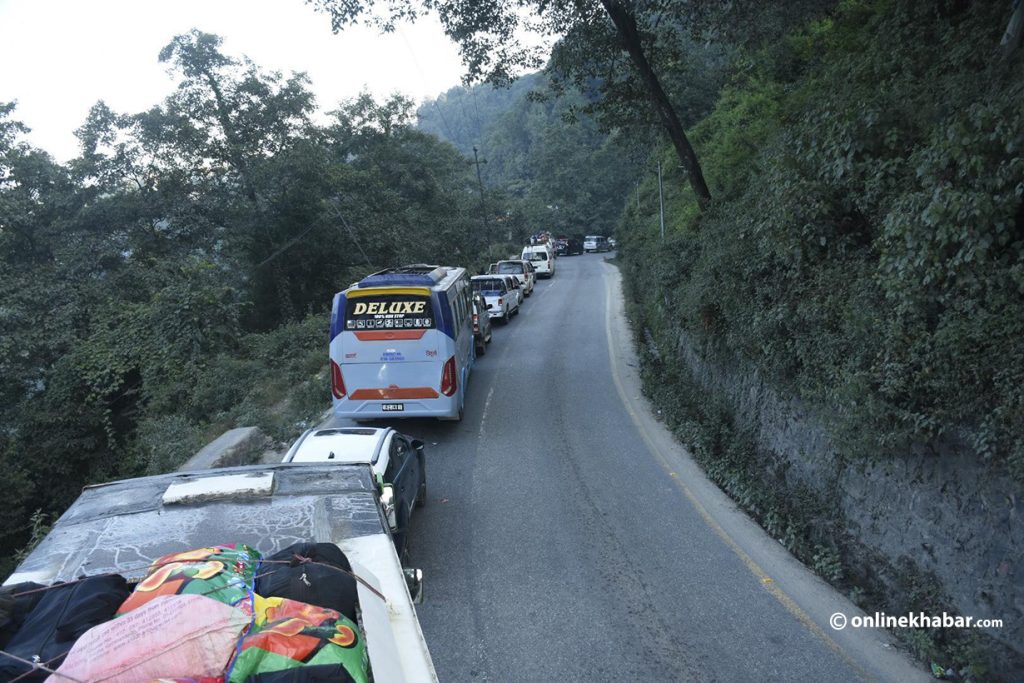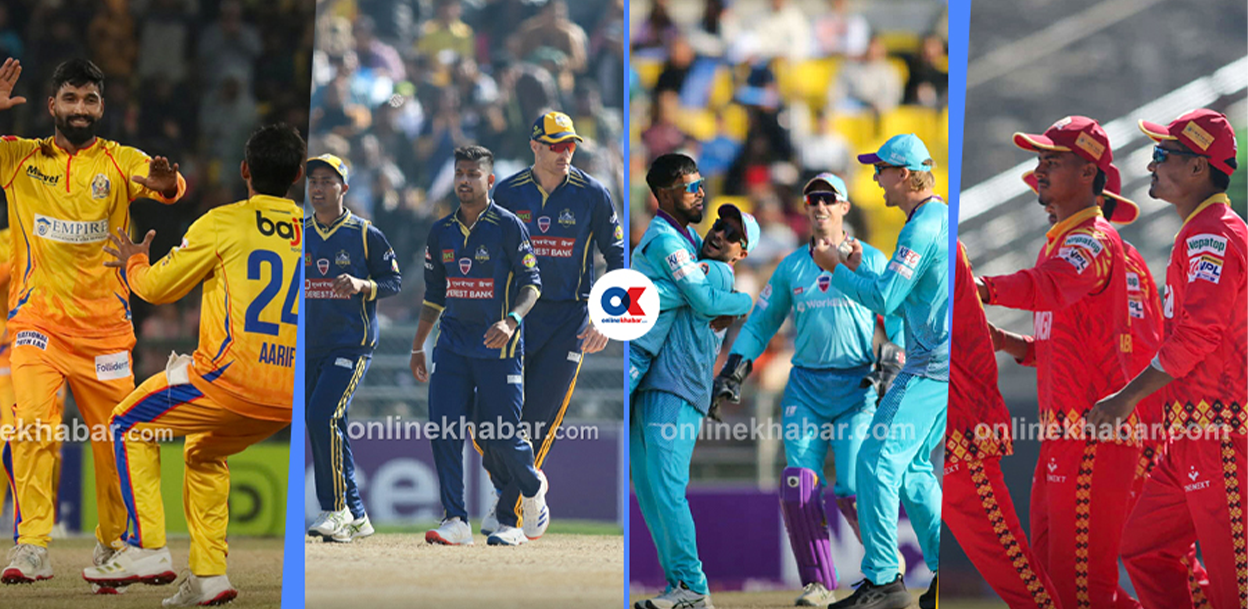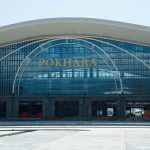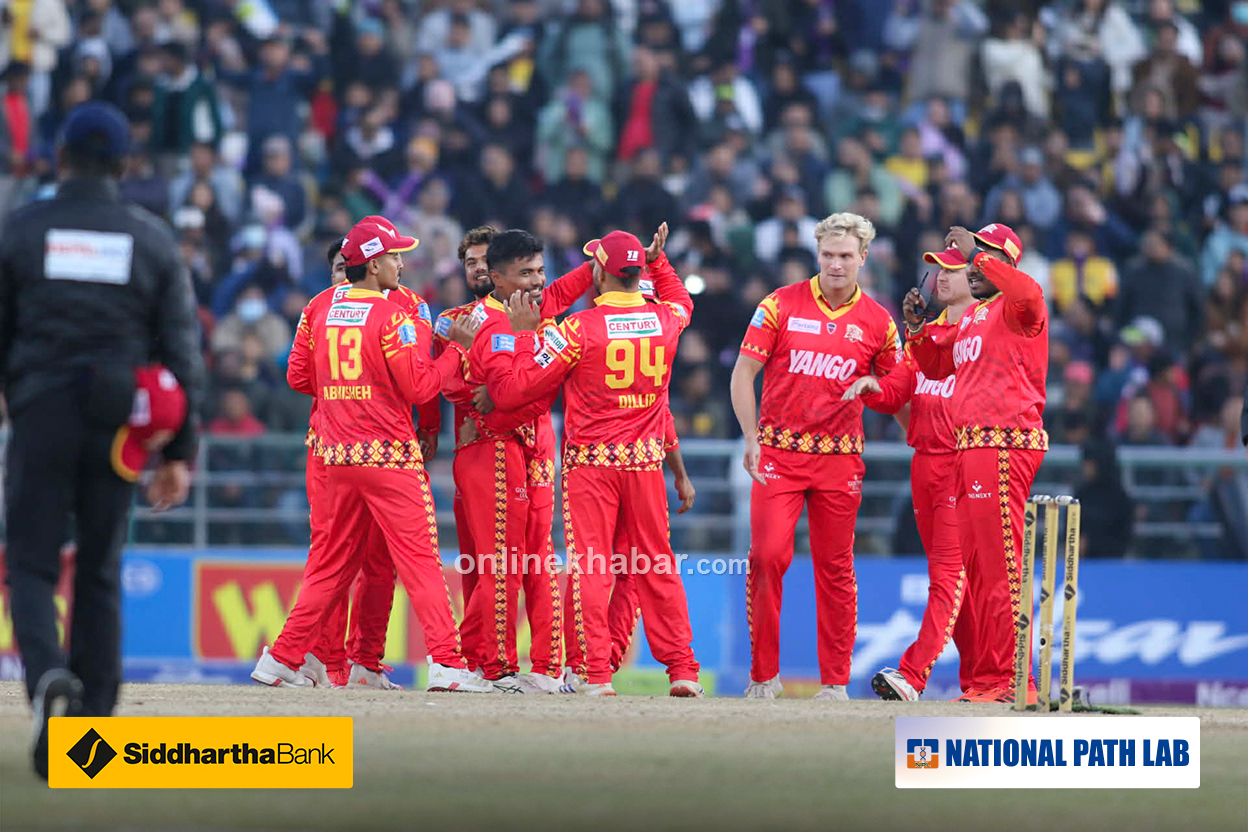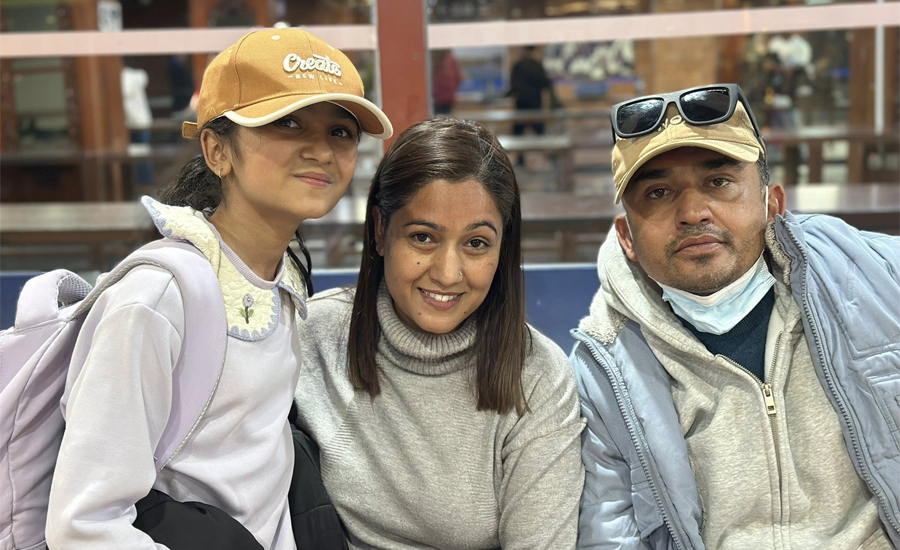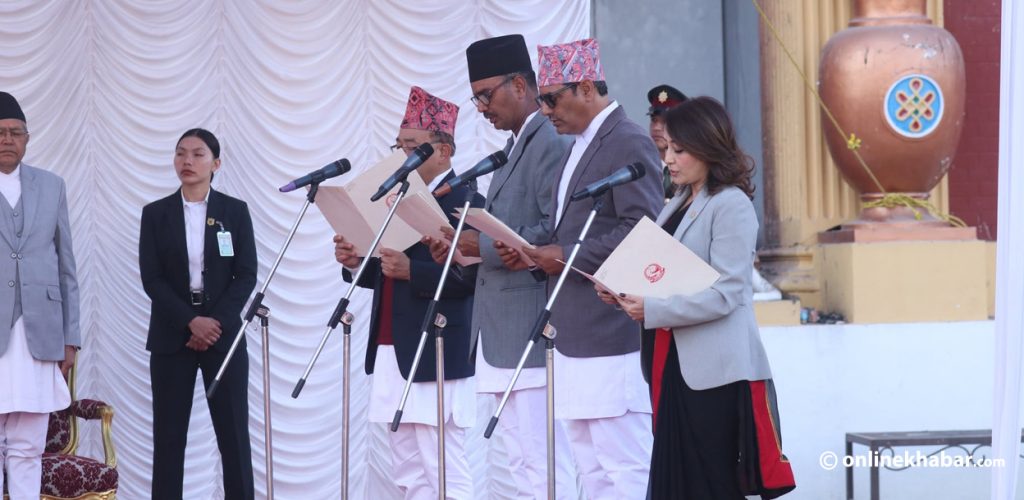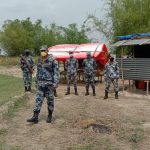
Before and after the 1951 revolution that brought ‘democracy’ to Nepal, the history of social movements also moved along a parallel line. In the aftermath of the 1951 democracy, various social movements forced the government to begin a systematic development planning focusing on issues of the common people. [Read the previous part of this series in detail.]
The political developments that followed gradually inspired new social movements across the country, proving social movements would go hand in hand.
The rise of Panchayat

Nepal’s first experience of democracy was short-lived when, in 1960, King Mahendra seized all power from the people-elected government, dismissed the legislative body, and banned all the political parties. A new constitution was issued in 1962, establishing a party-less Panchayat system of four tiers, from local to the national levels, with the king as head of the autocratic system. The intention of the constitution was supposed to launch proportionate development activities in zones, districts and villages or cities.
Despite hopeless political developments, social movements continued, and some changes were seen in the legal system also. In 1963, the king introduced the Muluki Ain (loosely translated to the National Code) that made all castes and ethnicities equal, at least legally, and declared that there would be no discrimination on the basis of castes and tribes. Likewise, Land Reformation Act was promulgated for social reforms, on the basis of which half of the land owned by people would be provided to peasants who had been cultivating them. However, at the grassroots, both of these laws were not effectively implemented.
But, elites and neo-elites emerged as political influences and created a huge polarisation between them and the common masses. Their footholds in Kathmandu meant a regional bias in development as Kathmandu and major cities could see economic development while other areas became marginalised and underdeveloped. Culturally, Nepal adopted the ‘Ek Bhasha, Ek Bhesh‘ (one language, one dress) policy with the vision to bring unity and uniformity in Nepali culture. It, however, brought marginalisation of other cultures, languages and ethnicities.
The resurgence of democracy
Around four years after King Birendra ascended to the throne, Nepali Congress leader BP Koirala and his associates declared their intention to seek compromises with the Nepali monarchy in 1976. However, when he returned to Nepal with Ganesh Man Singh, they were arrested and trialled. It provoked mass movements in the Kathmandu city and Koirala was released in 1977 on health reasons.

In April 1979, Kathmandu and other urban centres were rocked by massive students’ protests. They ended when the king declared a referendum on the Panchayat system. The referendum held in May 1980 resulted in the favour of an improved Panchayat system. Subsequently, King Birendra announced three political reforms: regular elections, a legislative council to recommend the prime minister, holding the council of ministers responsible towards the national legislature. By 1990, the public discontent increased to launch a mass protest, which later resulted at the end of the Panchayat system.
Overall, significant social changes were not seen between 1963 and 1990, but the restoration of multiparty democracy opened doors to various reforms in all sectors.
The Maoist insurgency

After the restoration of democracy and the introduction of the multiparty system, the country adopted the free market policy and promoted economy, development and welfare through privatisation. This change also promoted a considerate number of development activities than in the Panchayat system, but the traditional feudal system, the polarisation between the rich and the poor, and caste and ethnicity-based discrimination still posed a serious problem.
Meanwhile, the Communist Party of Nepal (Maoists), commonly known as ‘the Maoists’, announced an armed movement in 1996, calling it ‘people’s war’, raising the voices of the oppressed and the marginalised. Arguably, the war also advocated for social changes. The movement started in the rural areas of western Nepal; many people from the oppressed and marginalised castes and creeds joined it, with a hope that the insurgency would topple the hierarchical differences and end social discrimination.
While the movement advocated against discrimination, it also weakened and marginalised locally active democratic institutions including elected bodies. Consequently, people feared going to villages and it resulted in population upsurge in urban areas due to migration. The governments within the period proposed reforms and amendments to be more inclusive but in vain. The government, therefore, looked to eliminate the insurgency and labelled the movement as an act of terrorism.
The second People’s Movement
After the 2001 royal massacre, in October 2002, Parliament was dissolved and new elections were planned. However, due to the growing impact of armed conflict and the inability to contain the insurgency meant the elections could not be held. Subsequently, King Gyanendra, who was more confrontational as opposed to his brother’s neutral attitude, intervened in the political sphere and declared the state of emergency in November 2001, that ultimately led to anti-monarchy protests.
The protests became intense with the king forming new governments and taking over every year. In April 2006, mainstream political parties, apparently supported by the Maoists, commenced the second People’s Movement. After mass protests in urban centres and villages alike for 19 days, King Gyanendra declared the restoration of democracy. The restored parliament nullified all the political powers of the palace. Meanwhile, the Maoists ended their decade-long underground guerilla warfare and entered the mainstream politics after the Comprehensive Peace Agreement with the then-new government, which included the election of the Constituent Assembly.
The election of the first Constituent Assembly was held in 2008, in which the Maoist party became the biggest force although it lacked the majority strength. The assembly, in its first meeting, unanimously voted that the country would be now a republic and the 240-year-long monarchy was overthrown.
The assembly was inclusive as many representatives of Dalits, women, ethnic/indigenous groups, Terai and other geographically marginalised regions. Moreover, identity-based movements flourished in the next decade, through which the oppressed and the marginalised groups negotiated for inclusion and the end of any form of discrimination in the country.
But, more about that in the third article of the series…





